What is the difference between the Violin and the Viola?
What is the difference between a violin and a viola? A viola burns longer... There are countless numbers of cheesy jokes about the difference between the two instruments, and while these jokes are usually only told to musicians by other musicians, the general public may not know the answer to this burning question, or in fact even know that a viola exists.
If you see a picture of an orchestra, there are a lot of violins and some violins appear larger than others; in some orchestras, these bigger “violins” may be seated on the other side of the cellos (the big string instruments on the floor). While these may seem to be violins, they are in fact VIOLAS, the larger and deeper cousin of the violin.
Violas and violins developed simultaneously in Italy in the 16th century. There has been a rumor going around for years that the viola is a descendant of the Viola da Gamba and is therefore not as closely related to the violin as perhaps a cello or other instrument held in the lap or on the floor, but that rumor is regarded as false. The viola is constructed and played in the same manner as the violin, and always has been, but it is larger in size and the overall sound of the instrument is more likened to that of a cello.
Violas have longer fingerboards and larger bodies than violins. The bows are held the same way and the left hands use the same techniques, but a violist has to stretch his or her fingers farther apart on the fingerboard to play the same interval (distance between two notes) than on a violin fingerboard. The strings of the viola are also thicker than those on the violin, hence the difference in pitch. The violin and viola both have 3 strings that are the same: G, D and A. The violin has a very high, thin E string that is not on the viola (the double bass has an E string, but it is the lowest string and it is very thick in gauge). The viola has a thicker, low C string which is also the lowest string on the cello. The overall body of the viola is larger than the violin which helps to give it that lower, deeper tone.
Most people that have had any kind of musical training and can read music are familiar with a treble clef and a bass clef; the treble clef, or G clef, is used for higher pitched instruments and for the music played by the right hand of a pianist on a grand staff. The bass clef, or F clef, is used for lower pitched instruments and for the music played by the left hand of the pianist. But, what clef is used for viola music which kind of falls in the middle? The alto clef, or C clef. Viola music does use treble clef for higher pitched notes in the music so the violist does not have to read so many ledger lines, but generally the music uses the alto clef, where the middle line of the musical staff is the note of middle c.
So, what is the purpose of the viola? In an orchestra, you have the violins which usually have the exciting melodies and showy technical interludes. Then you have the cellos, which carry the bass line and provide a harmonic accompaniment to the action in the violin section. The double basses also serve in an accompaniment capacity often reinforcing chords and harmonic movement. Where do the violas fit in? They hang out in between the violins and the cellos...in Baroque music they were often used to play the higher notes of the harmony and to add texture to the basso line. As time went on, composers realized that other instruments could be used melodically as well, so the music for the lower instruments got increasingly more interesting. The viola music in an orchestra often serves a harmonic purpose but quite often reinforces some key melodic phrases and in some cases is used for melodic interest.
Luckily throughout the centuries some composers valued the viola as a solo instrument. While the volume of solo violin works is massive, and the amount of solo cello works is quite extensive as well, the viola does have quite a few very well-known solo works and enjoys much more popularity than in years past. Even reputable teaching methods, such as the Suzuki Method, have created texts and compiled musical works for beginning violists.
So, in conclusion, while the viola does in fact burn longer than a violin, it does enjoy a more exciting reputation than being merely the larger, more boring cousin of the violin or the smaller, lesser-known cousin of the cello. The viola stands on its own as a vital member of the stringed instrument family that carries its own bit of mystery.

